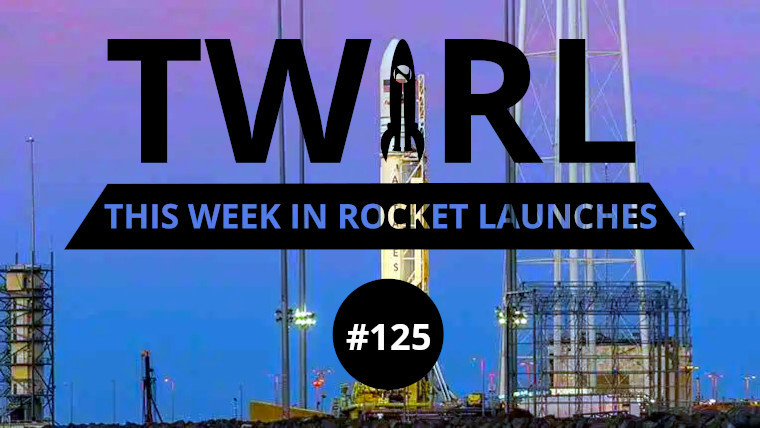We have a range of launches coming up this week, perhaps the most interesting is the launch of the Antares rocket carrying the Cygnus cargo freighter. If you read last week's instalment of This Week in Rocket Launches, you may also notice that some of this week’s launches were pushed back from then.
Sunday, 30 July
- The first launch this week will take off at 1:00 a.m. UTC from the Dhawan Space Centre in India. NewSpace India Limited (NSIL) will launch a Polar Satellite Launch Vehicle (PSLV) carrying the DS-SAR satellite for Singapore into orbit.
The DS-SAR is a Synthetic Aperture Radar Earth Observation satellite that has been ordered by Singapore’s Defence Science and Technology Agency and will be used for government and commercial satellite imagery purposes.
- The second launch of the day is a Rocket Lab Electron rocket. It will be carrying the first in a series of satellites called Acadia for Capella Space. Acadia satellites are Synthetic Aperture Radar satellites.
The launch will happen at 5:00 a.m. UTC from Mahia in New Zealand. If you want to tune in, just head over to the Rocket Lab website which should have a livestream of the event.
Wednesday, 2 August
- On Wednesday, a Northrop Grumman Antares rocket will launch a Cygnus cargo freighter on a mission to the International Space Station. As a cargo ship, this mission won’t be manned but will instead bring supplies to the ISS.
It’s unclear if Northrop Grumman will stream the event on its website or on YouTube, but if it does, it’s scheduled to launch at 12:31 a.m. UTC.
Thursday, 3 August
- Finally, we have SpaceX launching a Falcon 9 rocket carrying the Galaxy 37 communications satellite for Intelsat. While the mission is due to take off from Cape Canaveral, we do not have a launch time for this mission.
If you’re interested in watching this mission, SpaceX will stream the website as usual. Once in orbit, the Galaxy 37 satellite will provide television broadcast services in the United States.
Recap
The first launch we got last week was a Falcon 9 carrying Starlink satellites to orbit. The first stage of the rocket also performed a landing.
Next, a Long March 2D launched the Yaogan 36 satellites to orbit where they will perform remote sensing tasks.
Next up was the subsequent Starlink mission, with the first stage of the Falcon 9 successfully landing.
Finally, a SpaceX Falcon Heavy launched the JUPITER 3 comms satellites into orbit. SpaceX recovered the two side boosters of the rocket but not the core booster.
That’s all for this week, check in next time.
- aum
-

 1
1



3175x175(CURRENT).thumb.jpg.b05acc060982b36f5891ba728e6d953c.jpg)
Recommended Comments
There are no comments to display.
Join the conversation
You can post now and register later. If you have an account, sign in now to post with your account.
Note: Your post will require moderator approval before it will be visible.